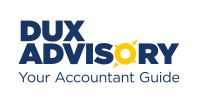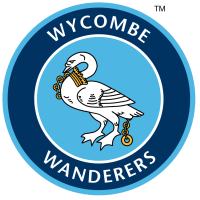- By Buckinghamshire Business First
- 12 July, 2019

Share by email
In 2017, 17,150 or 8.0 per cent of households in Buckinghamshire were fuel poor, meaning that their required fuel costs are above average and were they to spend that much their residual income would be below the poverty line . This figure is below the 8.2 per cent of households recorded in 2016 and the 8.4 per cent recorded in 2015.
With 8.0 per cent of Buckinghamshire households fuel poor, Buckinghamshire has only the 24th highest rate of fuel poverty among the 27 county council areas in England, with all four districts recording rates of fuel poverty well below both the regional and national rates of 8.7 and 10.9 per cent respectively. Similarly, all five Parliamentary Constituencies exhibit fuel poverty below the national rate, ranging from 7.4 per cent in Aylesbury to 9.1 per cent in Wycombe.
By ward, Oakridge and Castlefield in Wycombe has the highest share of fuel poor households in Buckinghamshire at 16.3 per cent, rising to 23.1 per cent in part of the ward, ahead of Bowerdean (Wycombe, 14.2), Southcourt (Aylesbury Vale, 11.5), Hambleden Valley (Wycombe, 11.2 per cent), and Newtown (Chiltern, 10.8). The local distribution of fuel poverty in Buckinghamshire is shown in the map on the following page.
Across South East England the average fuel gap - the reduction in fuel bill that the average fuel poor household needs in order to not be classed as fuel poor - was £449 in 2017, compared to £321 across England.
Table 1: Fuel poverty, 2017

Source: BEIS, 2019
The full data are available here:
https://www.gov.uk/government/statistics/fuel-poverty-detailed-tables-2019 and
https://www.gov.uk/government/statistics/sub-regional-fuel-poverty-data-2019
The Department for Business, Energy and Industrial Strategy’s overview can be found here:
https://assets.publishing.service.gov.uk/government/uploads/system/uploads/attachment_data/file/808295/Fuel_poverty_sub_regional_2019__2017_data_.pdf and
[1] The poverty line (income poverty) is defined as an equivalised disposable income of less than 60 per cent of the national median, see section 2 of https://www.ons.gov.uk/peoplepopulationandcommunity/personalandhouseholdfinances/incomeandwealth/articles/persistentpovertyintheukandeu/2015









